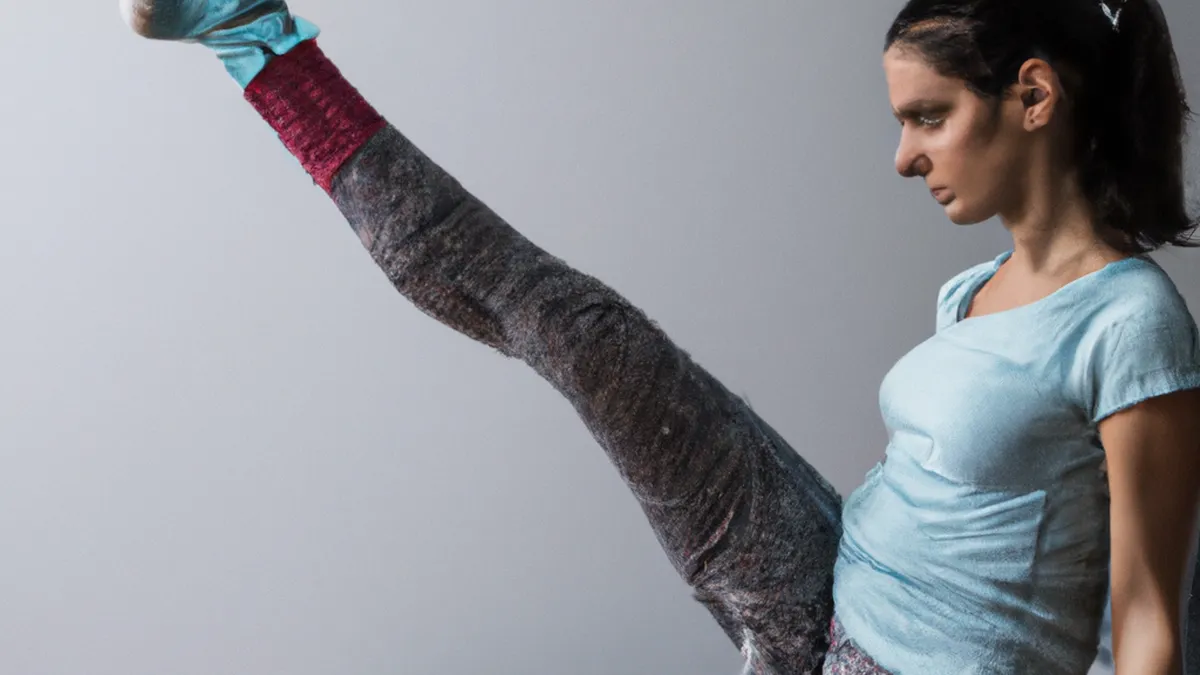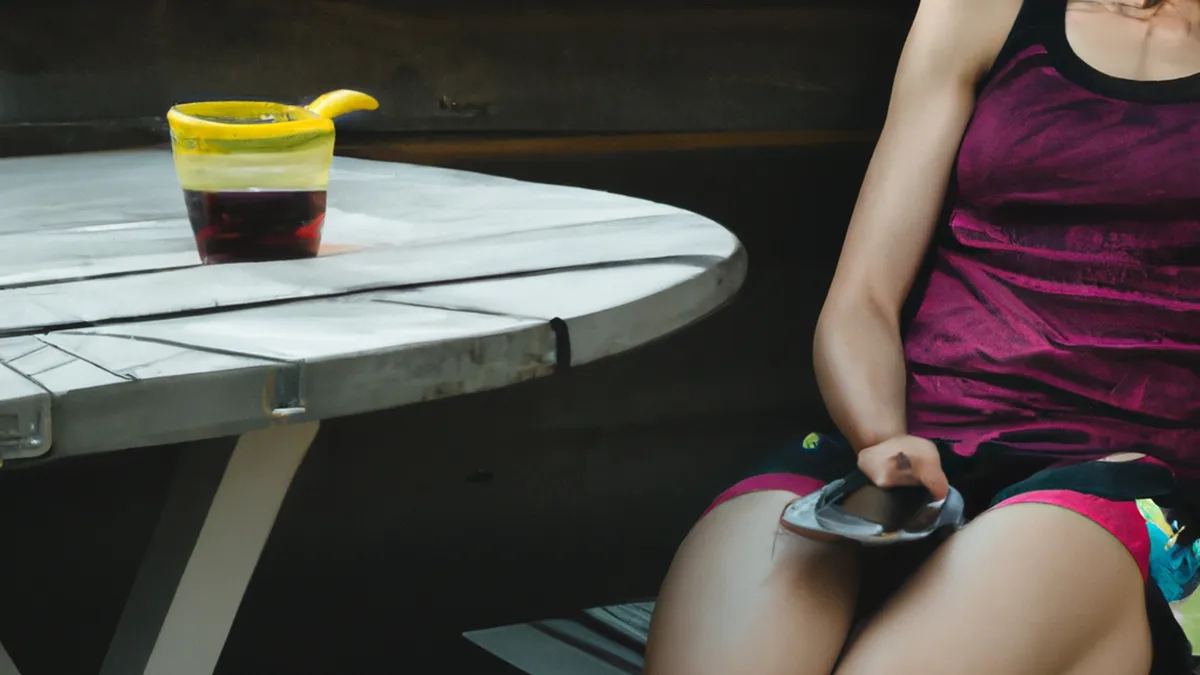Sun Safety for Young Athletes
Conditioning Youth Athletes for HeatAs temperatures rise during the sports season, youth athletes face challenges that impact performance and well-being. Heat affects physical capabilities and increases the risk of heat-related illnesses, which can be dangerous. Conditioning young athletes to handle heat is essential for safety and success. This blog explores practical tips, expert advice, and benefits of heat conditioning.
Understanding the Impact of Heat
Heat stress can impair athletic performance. High temperatures may lead to dehydration, fatigue, heat exhaustion, and heat stroke. Young athletes remain particularly vulnerable. Their bodies may struggle to regulate temperature efficiently, making them more susceptible to heat effects.Youth athletes often push themselves, ignoring early signs of fatigue or overheating. This behavior can lead to severe consequences. Educating young athletes about heat stress remains vital. They must learn to recognize when to slow down, take breaks, or seek help.
Tips for Conditioning Young Athletes
As an Amazon Associate I earn from qualifying purchases.
Gear tip: consider electrolyte mix, soft flask, and hydration tablets to support this topic.
1. Gradual Acclimatization
Gradual acclimatization effectively conditions athletes for heat. Start conditioning during cooler months or early in the season. Gradually expose athletes to heat over weeks, allowing their bodies to adapt. Begin with shorter practices in the heat and increase duration as athletes adjust. This approach helps bodies handle heat effectively, improving performance and reducing heat-related illness risk.
2. Hydration is Key
Hydration remains crucial for conditioning young athletes for heat. Encourage athletes to hydrate before, during, and after practices. They should drink water consistently, and electrolyte drinks can help during intense workouts. Make hydration a regular habit, not just a concern on hot days. Establish hydration breaks every 20 minutes during practice, and remind athletes to drink water throughout the day.
3. Dress Appropriately
Athletes’ clothing significantly impacts how they handle heat. Light-colored, loose-fitting clothing keeps them cool and allows better air circulation. Avoid heavy fabrics or dark colors that absorb heat. Consider moisture-wicking materials that draw sweat away from the skin, promoting evaporation and cooling. By selecting appropriate clothing, athletes can perform better in high temperatures.
4. Monitor Environmental Conditions
Coaches and parents must monitor environmental conditions. Use heat index charts to assess outdoor activity safety based on temperature and humidity. If conditions seem unsafe, reschedule or relocate practices.
Conclusion
Conditioning young athletes for heat is essential for performance and safety. Implementing these strategies will help athletes thrive in high temperatures.
Below are related products based on this post:
FAQ
Why is conditioning young athletes for heat important?
Conditioning young athletes for heat is crucial for their performance and safety. As temperatures rise, their risk of heat-related illnesses increases, which can be dangerous. Proper conditioning helps them adapt to heat, improving their physical capabilities and reducing the likelihood of dehydration and heat exhaustion.
What are some effective strategies for acclimatizing young athletes to heat?
Gradual acclimatization is an effective strategy for conditioning athletes. This involves starting practices in cooler months and gradually increasing exposure to heat over weeks. Shorter practices can be extended as athletes adapt, allowing their bodies to handle heat more effectively.
How can hydration be managed for youth athletes during hot weather?
Hydration is essential for young athletes, especially in hot conditions. They should be encouraged to drink water consistently before, during, and after practices. Establishing regular hydration breaks every 20 minutes can help ensure they stay properly hydrated throughout their activities.















Post Comment